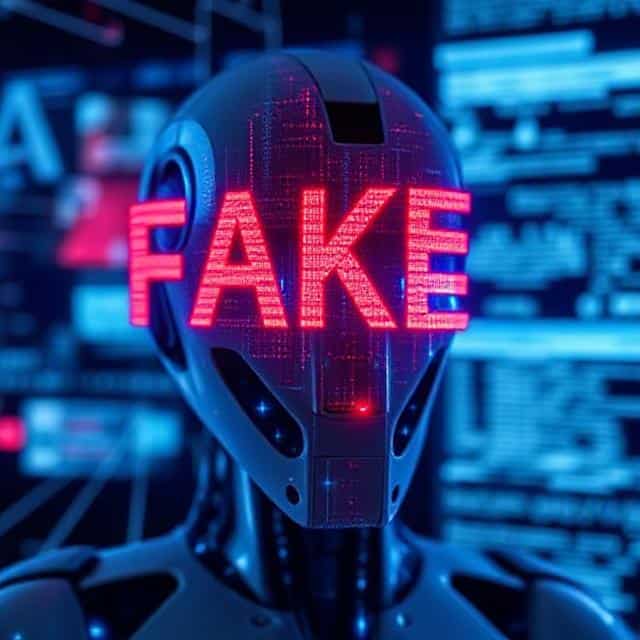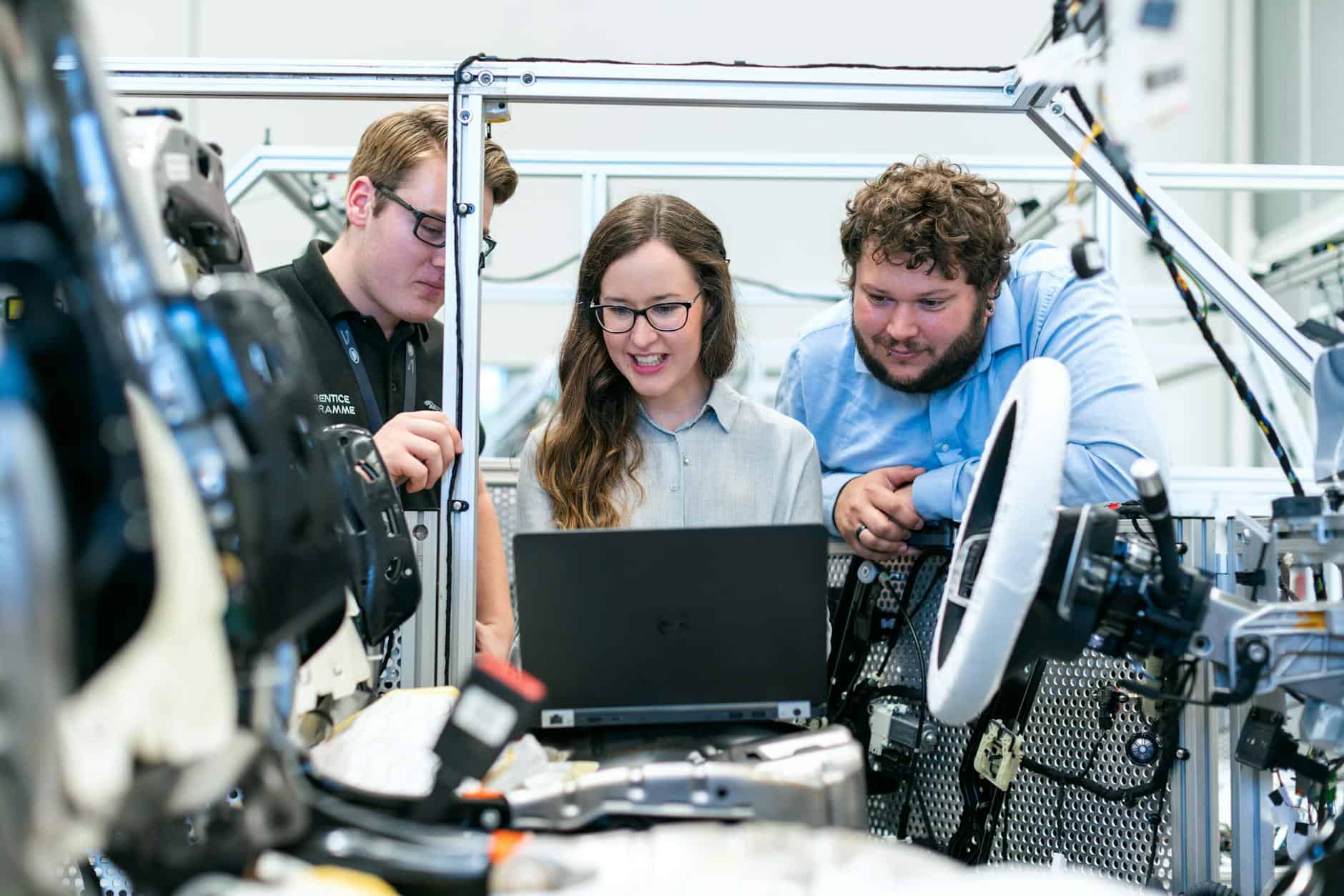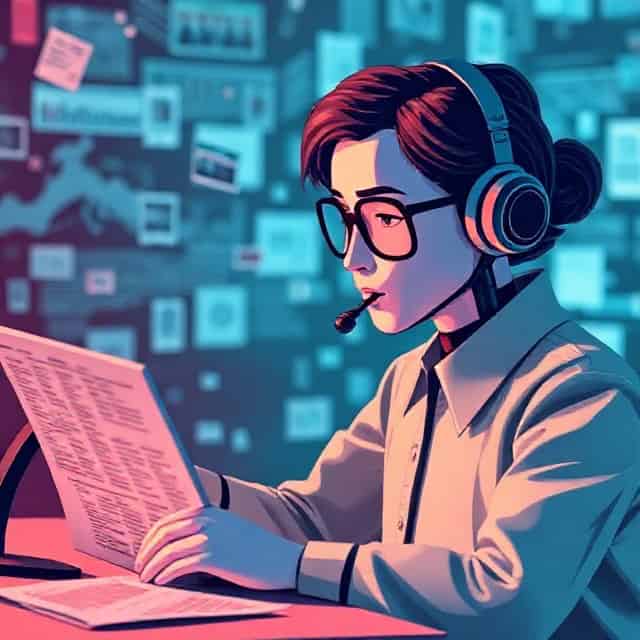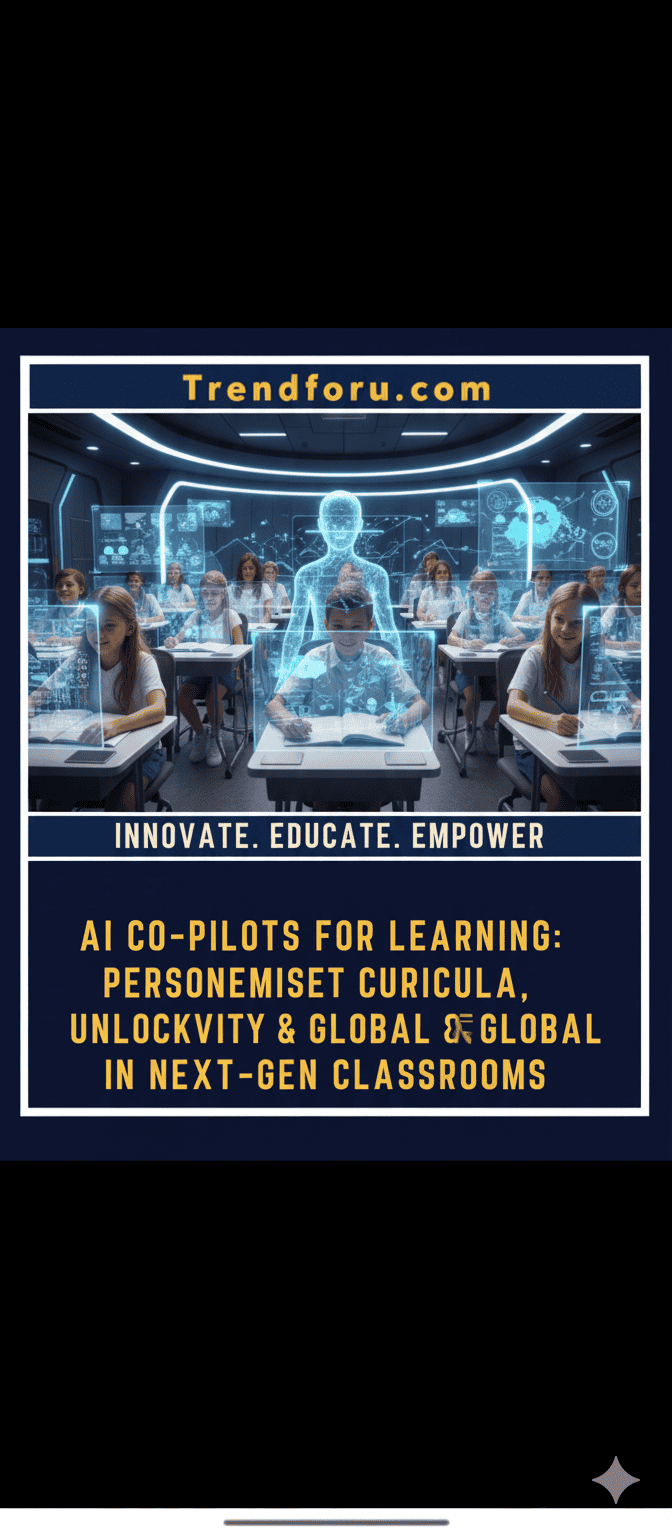How AI Is Rewriting Reality
The Day Reality Stopped Being Reliable
In March 2025, millions of Americans watched a shocking video on social media: the President of the United States appeared to be declaring a surprise military strike on a foreign nation.
Within minutes, panic spread online. Hashtags like #WWIII and #BreakingWar trended on Twitter (X). TV anchors scrambled to verify the footage. Stocks dropped.
Hours later, the White House confirmed: “The video is fake. The President never said those words.”
It was a deepfake—a digitally altered video so realistic that even news professionals were fooled.
This moment proved one terrifying truth: in 2025, we can no longer trust what we see or hear.
What Are Deepfakes?

Deepfakes are AI-generated videos or audio recordings that replace someone’s likeness or voice with another’s, making it appear they said or did something they never actually did.
The word comes from “deep learning” (a type of artificial intelligence) + “fake.”
How They’re Made
- Face-swapping AI: Replaces a person’s face in a video with someone else’s.
- Voice cloning: Copies a person’s speech patterns with just a few seconds of audio.
- Full synthetic media: Entirely fake people or events created from scratch by AI.
What once required Hollywood-level technology is now available on a regular laptop. Apps that anyone can download can produce professional-looking deepfakes in minutes.
Real Deepfake Examples in 2025
1. The Presidential War Video
The fake video of the US President threatening war wasn’t just a prank—it shook global markets and created real panic. For hours, no one knew the truth.
This was the first time in history a deepfake almost triggered international conflict.
2. Celebrity Scandals
Celebrities are prime targets of deepfakes. In 2025, multiple fake videos of global stars went viral:
- Taylor Swift was shown endorsing a political candidate she never supported.
- BTS members appeared in fake “scandal clips” that spread across Asian fan networks.
- Bollywood actress Deepika Padukone was falsely shown in an ad for a crypto scam.
These deepfakes not only damage reputations but also mislead fans into financial traps.
3. Voice Cloning Scams
One of the scariest deepfake trends of 2025 is voice cloning fraud.
- In the US, scammers cloned the voice of a CEO and tricked employees into transferring $10 million to a fake account.
- In Pakistan, families reported receiving phone calls in the exact voice of loved ones asking for urgent money.
All the scammer needs is a 30-second voice recording—something easily found on YouTube, TikTok, or even a voicemail.
4. Political Deepfakes in Pakistan
Pakistan has also seen its share of deepfakes. In 2025, fake videos of political leaders delivering “secret speeches” circulated on WhatsApp, sparking heated debates and protests.
One viral video showed a major political figure admitting to corruption—except it wasn’t real. By the time fact-checkers proved it was fake, the damage to public trust had already been done.
Why Deepfakes Are Dangerous
1. Threat to Democracy
When voters can’t tell if a politician’s speech is real or fake, democracy itself is at risk. Fake scandals and false promises can swing elections.
2. Financial Fraud
Deepfake scams are becoming a billion-dollar problem. Fake celebrity endorsements and cloned CEO voices are tricking people daily.
3. Reputation Destruction
Celebrities, journalists, and ordinary people are being targeted with fake videos meant to humiliate or blackmail them.
4. Social Panic
Deepfakes of terror attacks, disasters, or war announcements spread fear in seconds—long before the truth comes out.
The Positive Side of Deepfakes
Not everything about deepfakes is negative. When used ethically, the technology has exciting potential:
- Movies & Entertainment: Hollywood is using deepfakes to de-age actors or bring historical figures to life.
- Education: Imagine learning history by watching realistic recreations of past leaders.
- Gaming & VR: Deepfake avatars make virtual reality more immersive.
- Accessibility: People who lose their voice due to illness can use AI to “speak” again.
Like most technology, it’s not inherently evil—it depends on how humans use it.
How to Spot a Deepfake in 2025
Deepfakes are getting harder to detect, but careful observation still helps.
Signs of a Fake Video
- Unnatural eye movement or blinking.
- Lip sync errors where the mouth doesn’t match the words.
- Glitches in lighting or skin texture.
- Background noise that sounds too clean or robotic.
Signs of a Fake Audio
- Speech that feels too flat or emotionless.
- Strange pauses or repeated words.
- Lack of natural breathing sounds.
Tools You Can Use
- Reality Defender and Deepware scan videos for manipulation.
- Google Lens can help verify images.
- Major social platforms now label suspected deepfakes.
What Governments and Tech Companies Are Doing
- United States: Congress is pushing for mandatory watermarks on AI-generated content.
- European Union: The AI Act requires disclosure when content is synthetic.
- Pakistan: PEMRA has issued guidelines to combat fake digital media.
- Tech Companies: Meta, Google, and OpenAI are investing heavily in detection tools—but the battle is ongoing.
The problem is that technology to create deepfakes is evolving faster than the tools designed to stop them.
Can We Control Deepfakes?
The truth is, we may never fully eliminate deepfakes. But we can reduce their harm.
- AI vs AI: Just as AI creates fakes, more powerful AI is being built to detect them.
- Public Awareness: People must learn to pause before believing shocking content.
- Laws & Penalties: Governments need to punish those who spread harmful deepfakes.
- Transparency: Platforms should clearly label AI-generated videos.
Ultimately, the key lies in a combination of technology, law, and human responsibility.
Conclusion – Living in the Age of Doubt
In 2025, deepfakes have become more than just internet tricks—they’re tools that can change elections, ruin lives, and shake economies.
But they also remind us of a crucial lesson: seeing is no longer believing.
The line between truth and fiction has blurred. Yet, awareness, skepticism, and strong laws can help society adapt.
The future may bring more advanced fakes, but it will also bring smarter defenses. And in the end, truth will always matter—no matter how many lies technology throws our way.














Leave a Reply